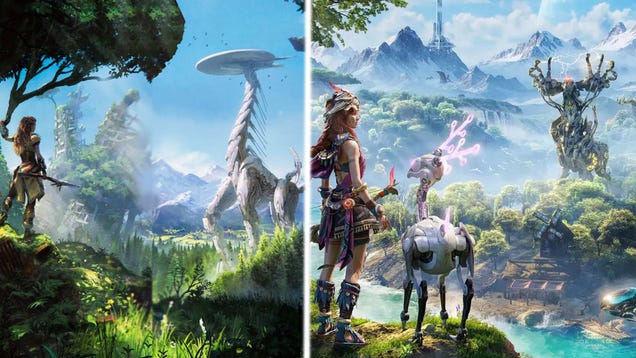Sony is taking a stand against the sheer audacity of Tencent, suing them over the upcoming game "Light of Motiram," which they dare to call a "slavish clone" of the beloved "Horizon: Zero Dawn." This isn't just a case of resemblance; it's a blatant theft of creativity and innovation! How can we sit back and watch a corporate behemoth like Tencent, known for its aggressive expansion and questionable practices, rip off the hard work of another company? We must demand accountability in the gaming industry! Enough is enough—no more allowing these giants to trample on originality. It’s time for gamers to stand up and support those who create, not those who copy!
#Sony #Tencent #HorizonZeroD
#Sony #Tencent #HorizonZeroD
Sony is taking a stand against the sheer audacity of Tencent, suing them over the upcoming game "Light of Motiram," which they dare to call a "slavish clone" of the beloved "Horizon: Zero Dawn." This isn't just a case of resemblance; it's a blatant theft of creativity and innovation! How can we sit back and watch a corporate behemoth like Tencent, known for its aggressive expansion and questionable practices, rip off the hard work of another company? We must demand accountability in the gaming industry! Enough is enough—no more allowing these giants to trample on originality. It’s time for gamers to stand up and support those who create, not those who copy!
#Sony #Tencent #HorizonZeroD









